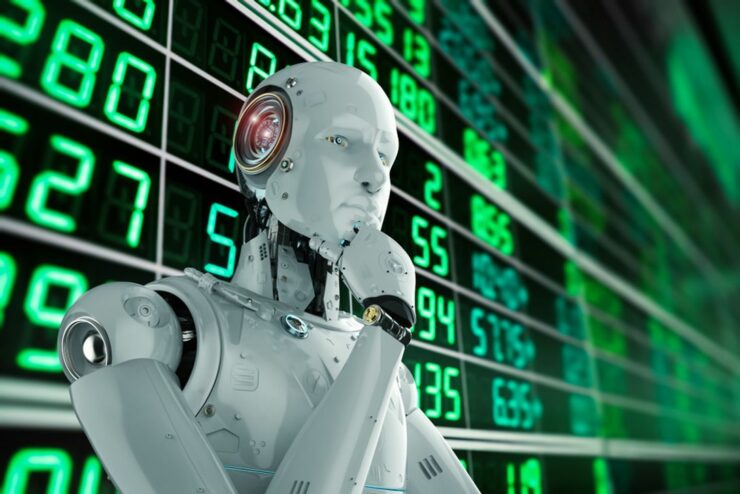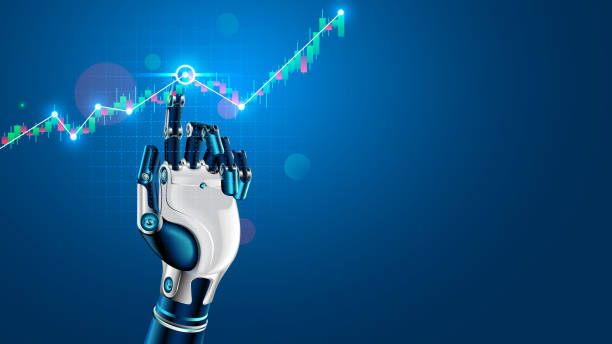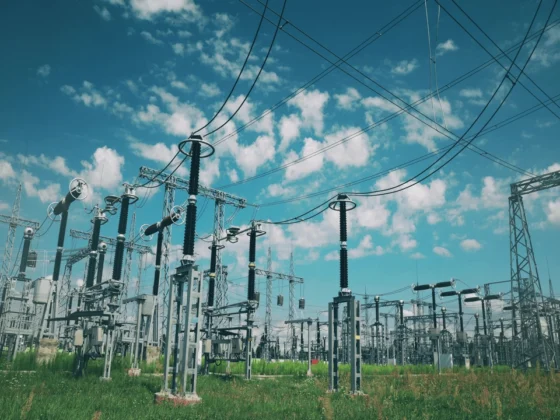In an era where technology permeates every aspect of our lives, automated trading has emerged as a tantalizing prospect for investors and traders alike. Promising the allure of quick execution and emotion-free decision-making, this method of trading suggests a new frontier in the financial landscape.
However, with the rise of algorithmic systems comes a wave of skepticism. Does automated trading truly deliver on its bold claims, or is it merely a mirage in the bustling world of finance? As we embark on this deep dive, we’ll unravel the mechanics behind automated trading, dissect its advantages and pitfalls, and examine real-world experiences that reveal the truth behind its promises.
Join us as we navigate the intricate web of algorithms, strategies, and market dynamics to uncover whether automated trading is the revolution it aspires to be—or just another trend destined to fade away.
The Promises of Automated Trading

The promises of auto trading are as alluring as they are complex, whispering of a new era in financial markets where algorithms govern decision-making with precision. Proponents tout the advantages: rapid execution of trades, the ability to analyze vast datasets in real time, and the emotional detachment that can help investors avoid costly mistakes born of fear or greed.
Imagine a world where trades happen at lightning speed, where strategies are implemented without the hindrance of human error. Yet, lurking beneath this shiny facade resides a web of intricacies—strategies can malfunction, market conditions can shift unexpectedly, and the very algorithms designed to enhance profitability may lead to unforeseen consequences.
While the dream of automated trading is compelling, the reality demands a careful examination of its risks and rewards. As we delve deeper, we must grapple with the question: do these automated systems truly live up to the high expectations they set?
The Reality of Automated Trading

The reality of automated trading often diverges sharply from the glossy promises of effortless profits and flawless decision-making. While these systems can execute trades at lightning speed, tirelessly analyzing vast swathes of data, they are not devoid of pitfalls.
Consider the market\’s unpredictable nature; a seemingly solid algorithm can falter in the face of sudden volatility or unforeseen geopolitical events, leading to significant losses. Moreover, the emotional element that accompanies human decision-making—fear, greed, hesitation—remains absent in automation, frequently resulting in ill-timed trades that lack the nuanced judgment a seasoned trader might exercise.
As investors increasingly flock to these technologies, drawn by the allure of convenience, a sobering truth emerges: success in trading is rarely automatic, and a profound understanding of market dynamics remains indispensable.
Conclusion

In conclusion, automated trading represents both a remarkable opportunity and a significant challenge in the financial landscape. While it offers the promise of efficiency, speed, and the ability to eliminate human emotion from trading decisions, the reality often falls short of expectations due to market volatility, technical issues, and the complexity of algorithmic design. As our exploration has shown, the effectiveness of auto trading largely depends on the user’s understanding of the systems, the quality of the algorithms employed, and the prevailing market conditions.
For traders who are willing to invest the time and resources into mastering these automated systems, there is potential for success. However, a cautious approach is advisable, as the landscape is ever-evolving, and adapting to its changes is crucial for maintaining a competitive edge.
Ultimately, the journey into automated trading must be navigated with both optimism and realism, as traders strive to harness its advantages while mitigating inherent risks.


